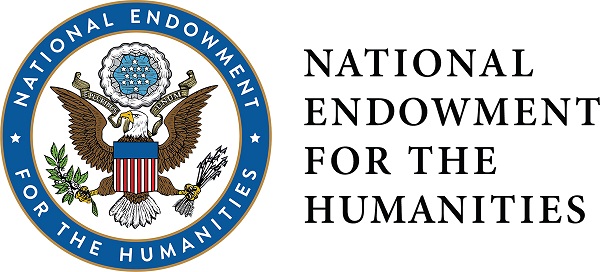
US Government Documents related to Indigenous Nations
Congress
78th Congress, 2d Session
Files
Download Full Text (2.0 MB)
Description
This United States public law, passed on December 22, 1944, also known as the Flood Control Act of 1944 or US Public Law 78-534, enacted the Pick-Sloan flood control plan for the Missouri River Basin. The Garrison Dam was part of the Pick-Sloan US plan. Completion of the Garrison Dam flooded the river bottom lands belonging to the Mandan, Hidatsa, and Arikara people. The majority of tribal members living on the Fort Berthold Reservation, North Dakota were living on these river bottom lands prior to construction of the Garrison Dam.
Publication Date
12-22-1944
Keywords
Mandan Hidatsa and Arikara Nation, the Three Affiliated Tribes of the Fort Berthold Reservation, Mandan, Nueta, Hidatsa, Arikara, Sahnish, Missouri River Basin, Garrison Dam, Garrison Reservoir, Pick Plan, Sloan Plan, Pick-Sloan Plan, flood control, irrigation, Flood Control Act of 1944
Publisher
Government Printing Office
Disciplines
American Politics | Indigenous, Indian, and Aboriginal Law | Indigenous Studies | Law and Politics | Native American Studies | United States History
Recommended Citation
An Act Authorizing Construction of Certain Public Works on Rivers and Harbors for Flood Control, and for Other Purposes. Public Law 534. US Statutes At Large 58, (1944): 887-907. https://commons.und.edu/indigenous-gov-docs/108/

Included in
American Politics Commons, Indigenous, Indian, and Aboriginal Law Commons, Indigenous Studies Commons, Law and Politics Commons, Native American Studies Commons, United States History Commons

